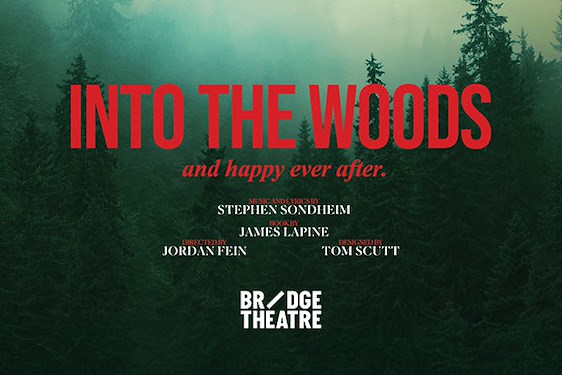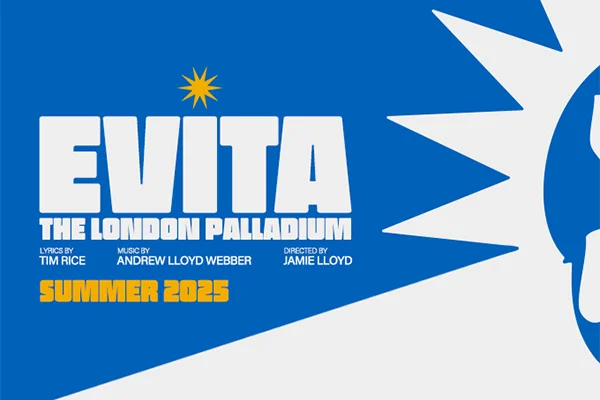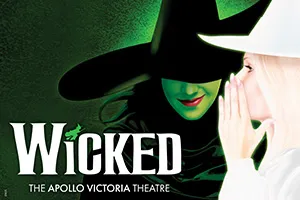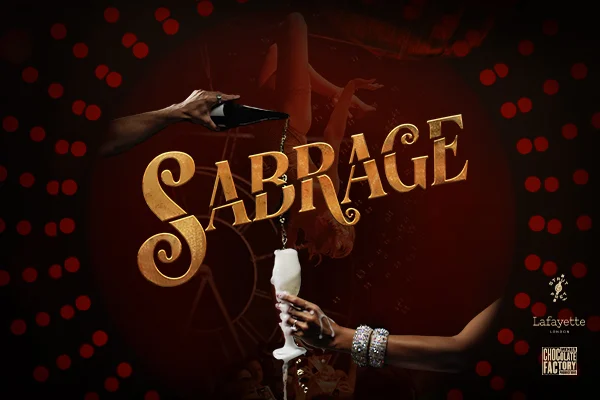The Fringe offers far more than just shows. The Events section of the programme has nearly 200 workshops and activities that can provide an enjoyable hour or two of participation in somethings you might never have done before.
Slow stitching is a ‘gentle and meditative’ art with therapeutic qualities
This week I attended Sue Crawley’s Tweed and Tartan Slow Stitching Workshop at The Royal Scots Club. No experience is required to take part, so it provides an excellent introduction for beginners, though several people in the class were highly experienced and were taking the opportunity to share ideas and techniques with others. They also appreciated picking up tips from the expert running the event.
Sue Crawley of Sunshine Designs is a retired primary teacher and textile enthusiast with years of experience in the craft. In addition to this class, she runs others on Tweed and Tartan Landscape, Japanese Boro Stitching and Sashiko Stitching. Her passion for fibre arts began when she started making clothes for her dolls as a seven-year-old. She enjoyed knitting and sewing, but in her book, slow stitching is a ‘gentle and meditative’ art with therapeutic qualities wins the day. She discovered this in 2018 when its creativity helped her to recover from the sudden loss of two members of her family. There is certainly something soothing about feeling the materials, of using up scraps and turning them into Scottish landscapes with rolling hills, clumps of heather, a croft by the river and maybe a loch with sheep grazing on the fertile pastures.
Now, she shares her love of the art in workshops around Scotland in places such as The Dovecot Studios in Edinburgh, Made in Stirling in Stirling, Cowden Japanese Gardens near Dollar, Solsgirth Home Farm and at County Fabrics in Crook of Devon. In addition to instruction in techniques and suggestions for designs, her class comes with an introduction to the history of tartan and tweed and some fun facts.
Her teaching background shines through. Her warm and friendly manner places everyone at ease and she creates a sharing environment of exploration. All the necessary materials are supplied and at the end of the session you can take your finished piece with you. If it’s not complete, then you can take away bits of material to bring your design to fruition at home.
As a slow beginner I had no more than a rising sun, a mountain and a river stitched to my backing cloth when time was up. But there is no pressure to get it all done; that would spoil the relaxing joy and sense of satisfaction that comes from seeing your scene come to life. I’m proud of what I achieved and grateful to Sue for opening up a new craft and pastime to me. Maybe one day I’ll pick up a needle and thread and stitch on the sheep and a house. You should give it a try.


















